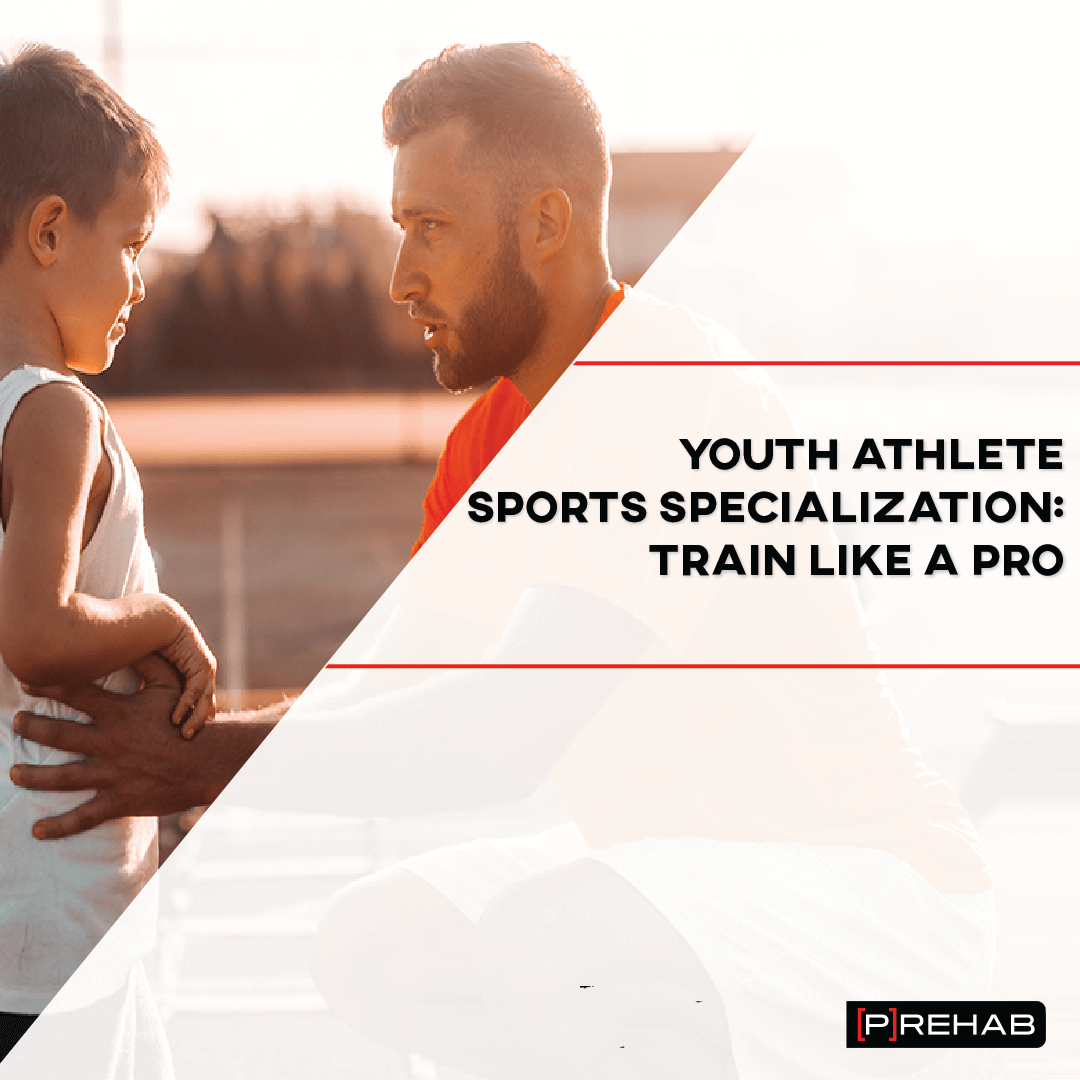
Many youth athletes spend hours in the driveway hitting turn around fade aways at the imaginary buzzer, recreating Lionel Messi’s game winning shots, or tumbling across the living room like Simone Biles. They aspire to one day make it to the top ranks as professional athletes. Some get there, some don’t, but hopefully, it leads to the enjoyment of lifelong physical activity! What does it take to get to the top? What did professional athletes’ training look like as youth athletes? Do you need to specialize only in one sport to get there? Learn all about youth athlete sport specialization and how to train like Pros from the start!
Strength Training For Youth Athletes
Each youth athlete’s sports career starts with a general curiosity or interest in particular sports. This interest may be intrinsic; in which the youth athlete themselves want to learn a sport, or extrinsic; in which their parents or maybe a coach persuades the child to partake, or both. A survey from Baxter-Jones and Maffulli 2003 found that parents were the strongest influence to start a sport, whereas coaches had the strongest influence for the youth athlete to undergo intensive training in a particular sport. Brenner et al 2007 estimated that 30-45 million youth (6-18 years) participate in some form of athletics. The benefits include developing skills of leadership, dignity, peer socialization, teamwork, coordination patterns, and many more.
Dr. Phil always has said, “no matter how flat the pancake, it has two sides.” The other side of this story is many of our youth athletes face burnout, over-training, shame, and may even abstain from lifelong physical activity due to negative experiences of sport as a child. This is likely to happen when too many pressures and unrealistic expectations are placed on the youth athlete. A common expectation placed on our youth athletes is early specialization in sport leads to a greater chance of making it to the pros.
Youth Athlete Sport Specialization: What Is It?
Sports specialization is defined as year-round training (greater than 8 months per year), choosing a single main sport, and/or quitting all other sports to focus on 1 sport. In 2016, Myers et al found that out of a sample of 1,200 athletes 30 percent were highly specialized.
Build A Foundation To Specialize In Sport With Our Fitness Program!
Before specializing, you have to master the foundations. We at Team [P]Rehab are here to show you how! Click HERE to get started with us today.
Where did It Originate?
According to Robert Malina 2010, “contributing factors include perceptions of Eastern European sports programs, a parent’s desire to give his or her child an edge, labeling youth as talented at an early age, the pursuit of scholarships and professional contracts, the sporting goods and services industry, and expertise research.” For example, Bulgaria began to show dominance in Olympic weightlifting in the late 1980s. Rumor has it that they would screen Bulgarian youth with bodyweight movements and if they liked what they saw then you would begin down the path to specialize in weight lifting. Check out this podcast to hear the developmental program Olympic weight lifting coach Dave Spitz has in place for his own kids.
LISTEN: OLYMPIC WEIGHTLIFTING AND ONLINE PROGRAMMING WITH DAVE SPITZ
Another theory postulates the popularity of sports specialization occurred after the emergence of Tiger Woods on The Mike Douglas Show hitting bombs at the age of 2!
The last theory we will mention is the 10,000-hour rule presented by Ericsson et al 1993. This theory stated that to become an expert as a chess player or musician, 10,000 hours of deliberate practice is needed. Malcolm Gladwell further evaluated this concept in his book Outliers: The Story of Success. He summarizes factors that led to high success in various fields and references the 10,000-hour rule. This seems to be true for chess players and musicians but what about the field of professional sports?
Youth Athlete Sport Specialization: Should They Be Training Like Pros?
Not exactly! A LOT of hours are needed to reach elite levels, however, the practice does not need to be deliberate. To demonstrate this point we will use the concept of reverse engineering; looking at the top athletes from around the world and retrospectively looking at their development as a youth athlete. Strength coach Elsbeth Vaino reported across the NBA, NFL, NHL, and MLB that 82% of the top athletes played multiple sports growing up! Furthermore, Coˆte´ and colleagues indicated that expert athletes “sampled” a wide range of sporting activities before gradually whittling down the number of activities and “investing” in one activity during mid to late adolescence. This process is termed long term athletic development and is the concept we recommend our youth athletes use in order to train like pros!
The advantage of sampling multiple sports and free play is they allow the development of multiple coordination and movement patterns that can, later on, benefit the main sport. For example, a hockey player that also played soccer as a youth athlete develops foot-eye coordination that will later on benefit them on the ice as their skates can act as another “stick”!
READ: THE BEST SOCCER [P]REHAB EXERCISES
Think of how much agility is gained in a game of tag, or how much acceleration is learned in a game of kickball, and how much strength is developed from climbing a tree. Evolutionary biologists also point out that “implicit (non-declarative) learning is supported by neural processes that are evolutionarily older than those supporting explicit learning.” They suggest that implicit learning thus leads to performance that is more robust than explicit learning!
Think You’re Ready To Return To Sport?
Long Term Athletic Development vs Sports Specialization
In the clinical world, a generalized perspective before specialized testing is the hallmark of clinical expertise. In the athletic realm, generalized motor patterns built on a multidimensional foundation are the hallmark of specialized skilled movement. This may be comparing apples to oranges, however generalized perspective would categorize these both into tree fruits! The initial growth of these two fruits is very similar. A seed is planted which gives rise to the tree which then, in turn, gives rise to the bud, ultimately becoming the fruit. The difference becomes in which environment these fruits grow.
In other words, the outcome of these fruits is ultimately different and dependent on the environment, however, their initial growing process is the same. This seems to be true when we look back at how pro athletes trained as youths. They participated in a wide variety of sports and free play for many years and then at some point specialized in one sport, most likely due to environmental demands. For example, the environment of figure skating, diving, and gymnastics at peak levels happens at young ages causing sports specialization to occur very early on whereas specialization for other sports tends to occur later in adolescence.
Post et al 2017 evaluated high school sport specialization patterns of current Division I athletes and found the majority of these athletes were NOT highly specialized throughout high school. They stated, “most athletes who are recruited to participate in collegiate athletics will eventually specialize in their sport, but it does not appear that early specialization is necessary to become a Division I athlete.”
Ultimately, to train like a pro, begin your career as a well-developed generalist, and move into specialization when the time is appropriate. Sample a variety of sports, free play, and begin strength training focused on a well-rounded program. Learn more by reading our How to Begin Strength Training Article!
The Prehab membership is the anti-barrier solution to keeping your body healthy. Access state-of-the-art physical therapy, fitness programs, and workouts online in the comforts of your own home or gym! Taking control of your health with exercise & education from the palm of your hand has never been easier. Get access to 50+ programs, 100+ unique workouts, and 3000+ exercises to build your own workout routines. Trial it for free, and learn how to get out of pain, avoid injury, and optimize your health with [P]rehab!
Sport Specialization Exercises
Here is an example of a well-rounded program for a youth athlete! Complete 2-3 times per week, the other 4-5 days per week be a kid!!! Unstructured play will improve performance! Complete 3 rounds of 12 repetitions each, 2-3 days per week!
bear crawls
Sample [P]rehab Fitness Program Exercise
- HOW: Start on all fours with your knees under your hips and your elbows under your shoulders and your hands on the ground. Put your toes into the ground, then push into it lifting your body slightly off the ground. Move your foot and hand forward at the same time followed by the other side. Keep doing this for the prescribed amount of reps. Pretend there is a cup of water on your back and you can’t spill it in order to keep your back flat.
- FEEL: You should feel your core, shoulder, and hip muscles working.
- COMPENSATION: Keep your back flat, don’t arch it. Keep your body off the ground. Maintain your chest towards the floor for the entirety of this movement.
dolphin push ups
Start in a plank position with your forearms on the ground, flat back, and your toes pushing into the ground. Push into the ground lifting your hips up into a diagonal direction. Keep pushing into the ground with your shoulders and keep your knee straight as your hips come up. Once you feel your hips are as far up as you can comfortably go, return to the starting plank position.
side plank row on knees
Sample [P]rehab Fitness Program Exercise
Facing the anchored band on your side, bend your knees and have your elbows on the ground directly underneath your shoulder. Push into the ground with your knees and elbow and lift your hip up to where your knee, hip, and shoulder are in a straight line. Grab the band with the top hand, squeeze your shoulder blade, and pull the band towards your elbow at your side.
toe-tap 3-way band
Place a band around your knees above your knee cap. Bend your knees slightly and hinge forward at the hips performing a small squat. From this position, shift your weight onto one side. With the other leg, reach out and tap your toe in a diagonal direction in front of you, then back, then straight out to the side, then back, and in a backward diagonal motion. Return back to the starting position in between each rep.
split stance med ball rotation
Start by standing next to a wall. Lunge forward with the leg furthest from the wall bending at the knee over the toes. The other leg is behind you with your knee bent and your toes pushing into the ground. Hold a med ball with both hands in front of you with your elbows slightly bent. Bring the ball down and away from the wall as you bend your back knee more and then rotate your torso tossing the ball into the wall. As you catch the ball, use that momentum to rotate your torso the other way repeating the process.
single leg frontal plane pogos
While standing, shift your weight to one leg with your knee slightly bent and the opposite knee bent. From this position, raise your heel off the ground pushing the balls of your feet into the ground, and hop from side to side in a continuous, controlled, motion. Try to be as springy as possible and quickly absorb the force and explode off the ground with your ankle.
agility T-test
Follow along with this video where the specifics of the T-Test are explained!
Benefits of Long Term Athletic Development
The goal of beginning a sport for ANY athlete should be placed on the positive benefits associated with the activity and the development of lifelong wellness. This is more likely to happen if our youth correlate sport or physical activity to positive experiences. When asking youth athletes the main reason they like to participate in sports Emily Crandall 2007 reports the most common answers are “having fun” and “hanging out with friends”. The demands of specialization and reaching elite levels can at times make the athlete forget why they wanted to participate in the first place.
Research of sports specialization is showing high burnout rates. Donna Merkel 2013 reports that “each year approximately 35% of young athletes quit participation in sport” and “sports attrition rates of the highest during transitional years of adolescence when OUTSIDE influences have the most impact.” Furthermore, she reports a 70-80 percent attrition rate by the time a child is 15 years of age has been found. Junior tennis players who burned out early reported having less input in their training, higher perceived parental criticism, and expectations, and lower levels of intrinsic motivation (Gould et al 1996).
The last downfall of specializing in one sport too young is overuse injuries. Youth athletes suffer from unique injuries differing from adult athletes. Learn more here in this podcast with Dr. Vandenburg!
In a position statement by the National Athletic Training Association, they report, “overuse or repetitive trauma injuries represent approximately 50% of all pediatric sports-related injuries.” Research has reported medical withdrawals increased in national tennis players after playing >5 matches per year in supernational tournaments, 3.5 times greater chance for injury if pitching more than 100 innings per year, 5.5 times more likely to need shoulder or elbow surgery if pitching more than 8 months per year, and a higher risk of hip impingement in youth male athletes practicing more than 3x per week (Jayanthi et al, Fleisig et al, Olsen et al, Silva et al). Read more about FAI exercises HERE!
This means that we have the chance to prevent up to 50% of pediatric youth injuries by following appropriate guidelines!!! The American Academy of Pediatrics recommends, “limit 1 sporting activity to a maximum of 5 days per week, at least 1 day off per week from any organized physical activity, athletes should have at least 2-3 months off per year from their particular sport.”
Let’s dive into this guideline a little deeper. I constantly see youth athletes’ daily schedules – at school, at ice hockey practice, indoor soccer practice, and then either Physical Therapy or Strength and Conditioning. They are not specializing in only one sport, however, they are jamming their schedule to the maximum and it is only a matter of time before burnout occurs. It’s crucial to understand for long-term athletic development multiple sports are recommended but not all at the same exact time. To train like a pro means that we understand how important recovery is in the training process, both physically and psychologically. Fun fact; In the MLB, two-thirds of pitchers that have won 200 or more games in their career grew up in the North. The postulated theory is that baseball is difficult to play year-round in the North due to weather conditions, therefore they were forced into rest or another sport until the snow melted away!
Closing Thoughts
We have the opportunity to give children a positive experience with physical activity, whether it be free play or organized sport. Although youth athlete sport specialization can be competitive, as coaches, parents, healthcare providers, etc. keep the goal of sport and training centered on fun. Let the child’s passion develop for that particular activity and they will be self-motivated to put in the hours to train like pros and one day become elite athletes!
Learn How To Train For Longevity
Fitness is not about using such a high intensity that you are unable to get off the floor afterward. We are all about hard work, however, we want to make sure you are able to workout across the lifespan both safely and effectively. The number one reason why people no longer participate in an exercise program is due to injury, let’s prove that statistic incorrect by using a fitness program with the intended goals of getting you in shape while avoiding injury! To do so, the first 4 weeks are meant to load your tissues to create a movement base this ready to take on the next 8 weeks. Let’s also make sure that we are not just addressing the physical you but are helping you become healthier by giving you methods to decrease your internal load via positive self talk and gratitude practices.
About The Author
Dillon Casswell, PT, DPT, SCS
[P]rehab Head of Programs & Podcast Host
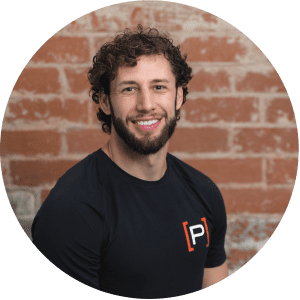
About the author : Dillon Caswell PT, DPT, SCS
4 Comments
Leave A Comment
You must be logged in to post a comment.




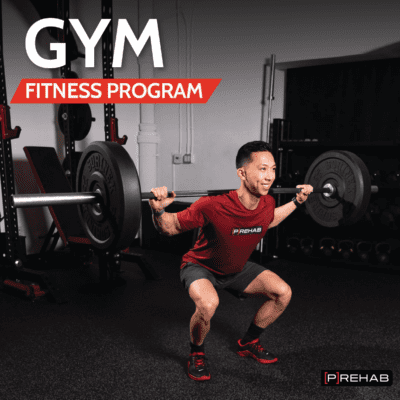
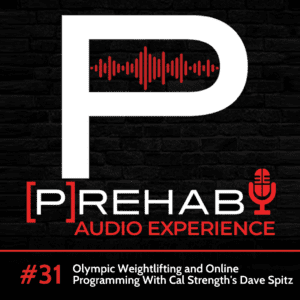
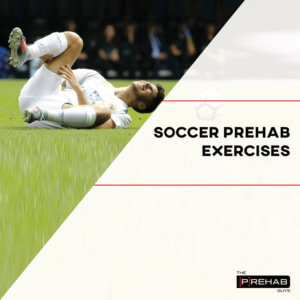
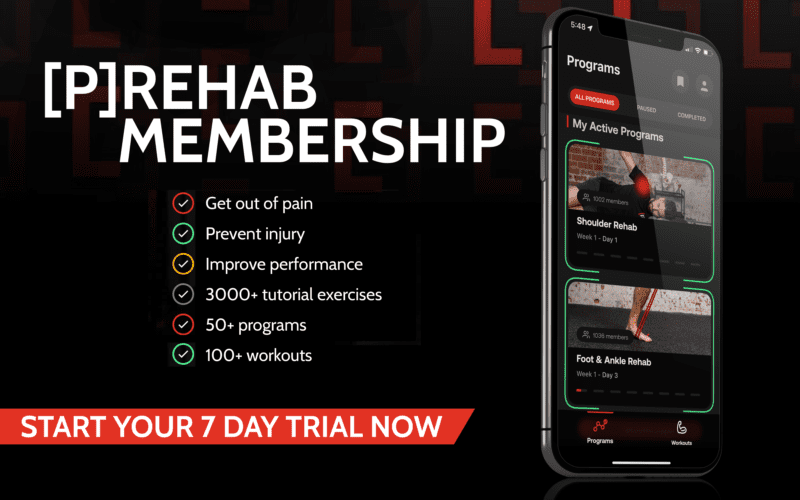
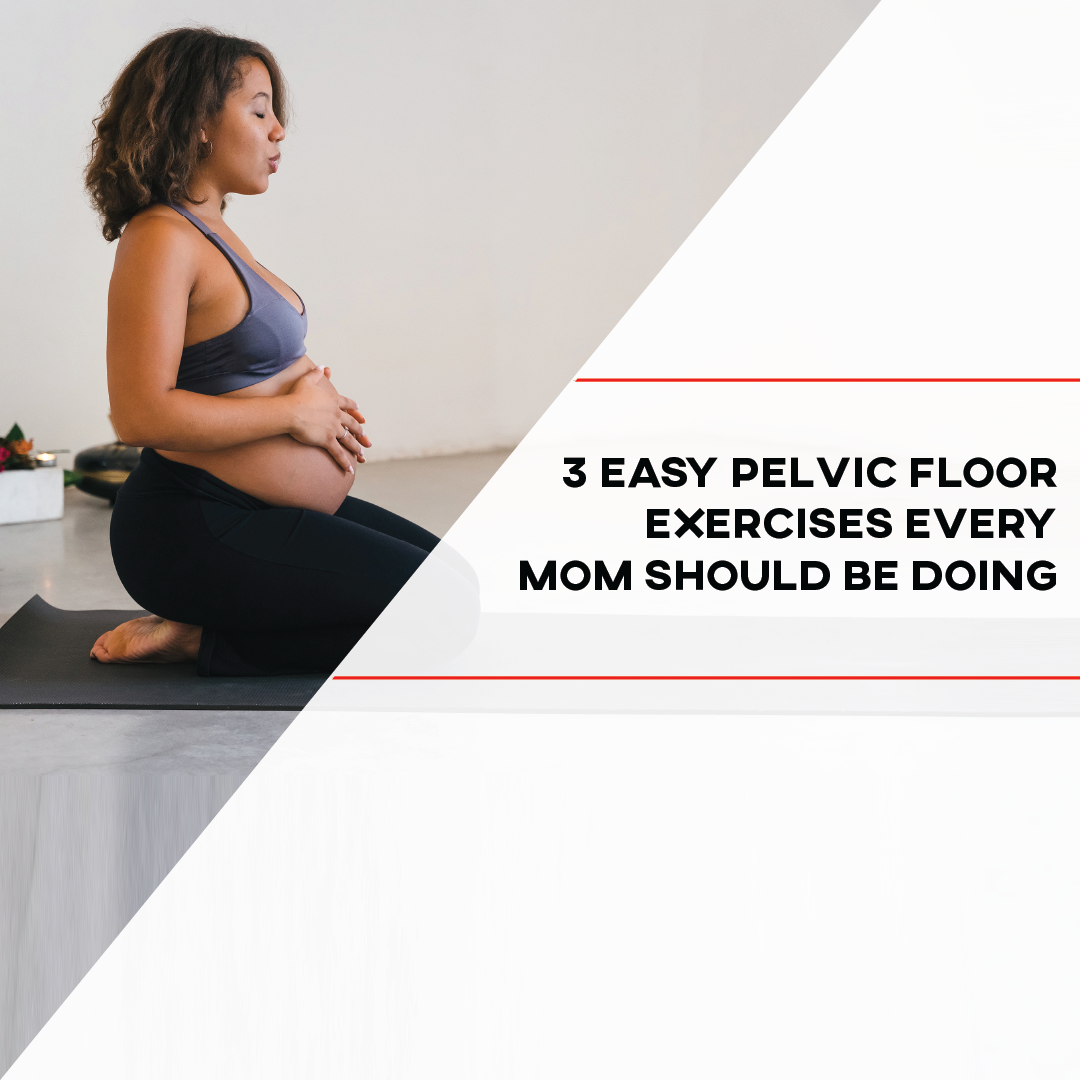
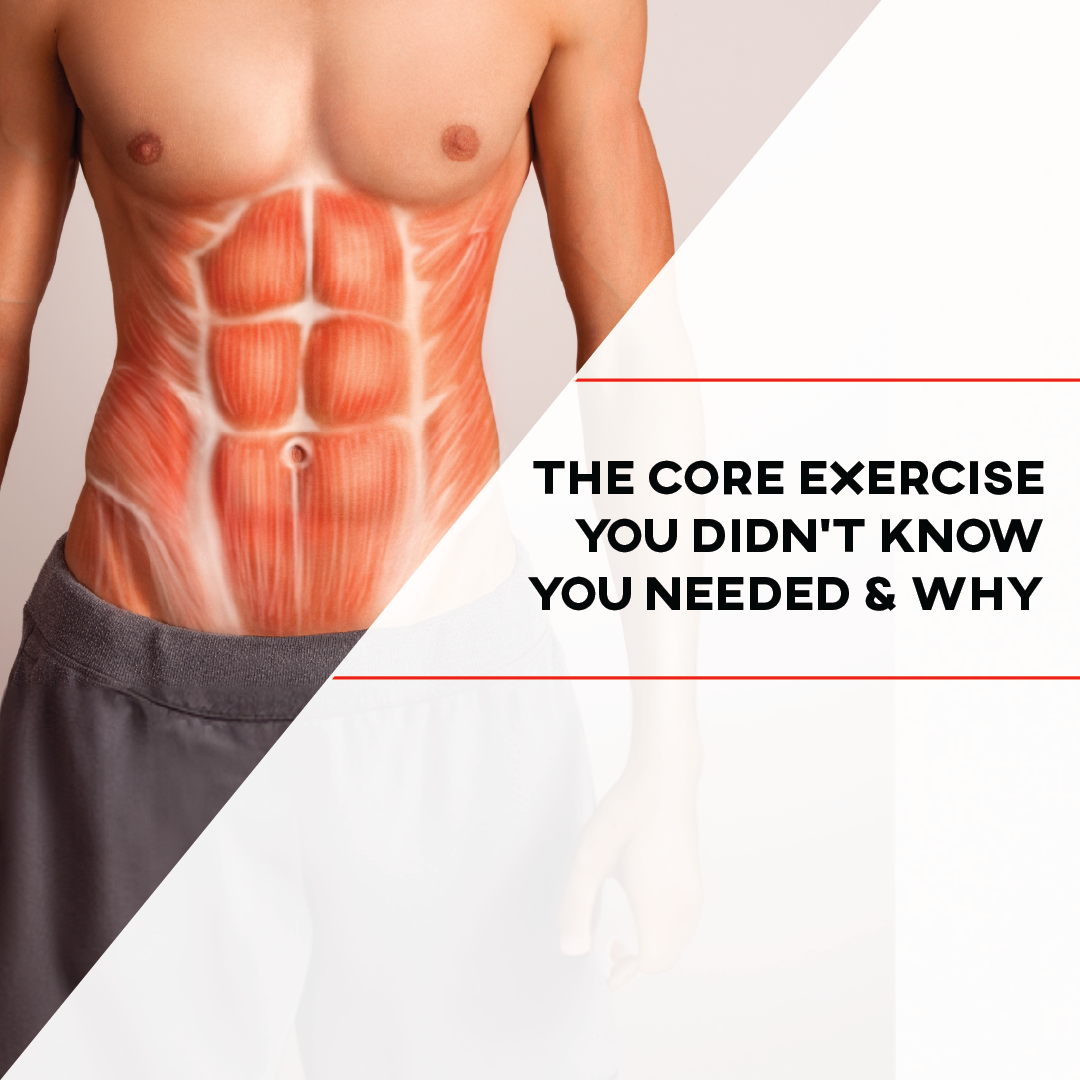
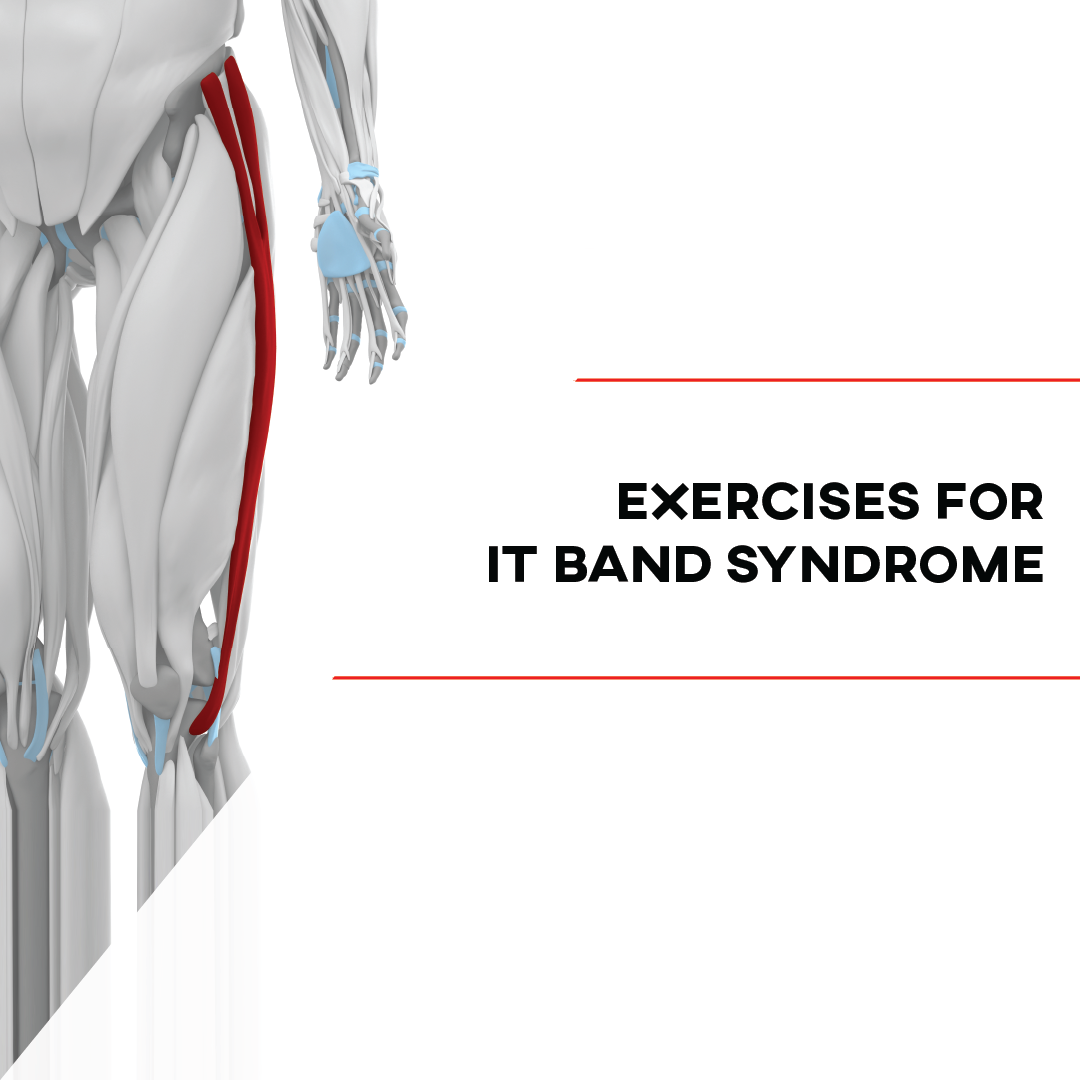

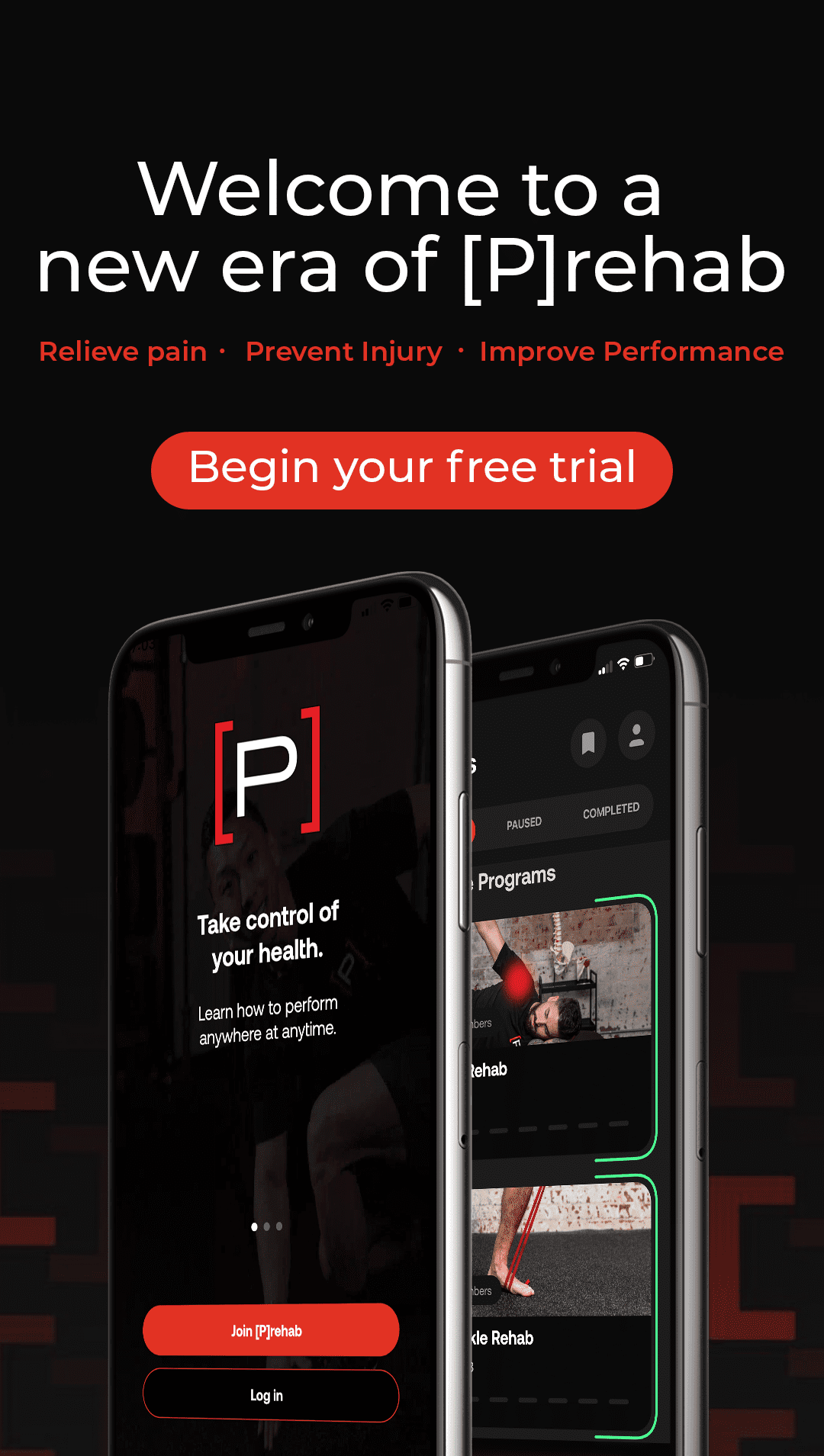



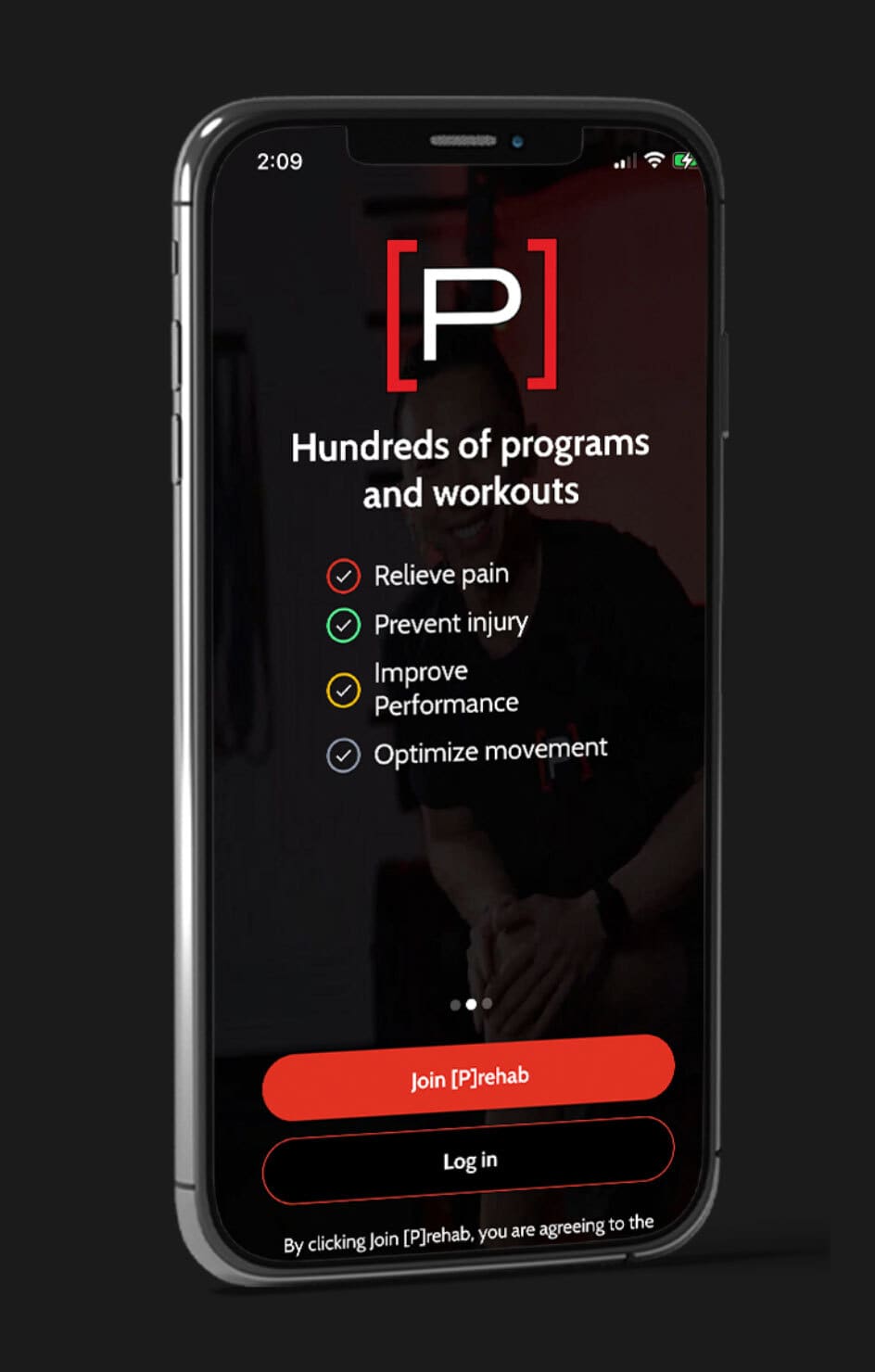

You guys, rock! Thank you for helping us learn more about what we need to be understanding for our lives and the lives of our children. God Bless you
Jeff, Thank you so much for reading and for the support!!!
Looking good guys! Glad to see my MSMU kids rockin’ it. Some great resources for our patients and students!
Thank you very much for your support!